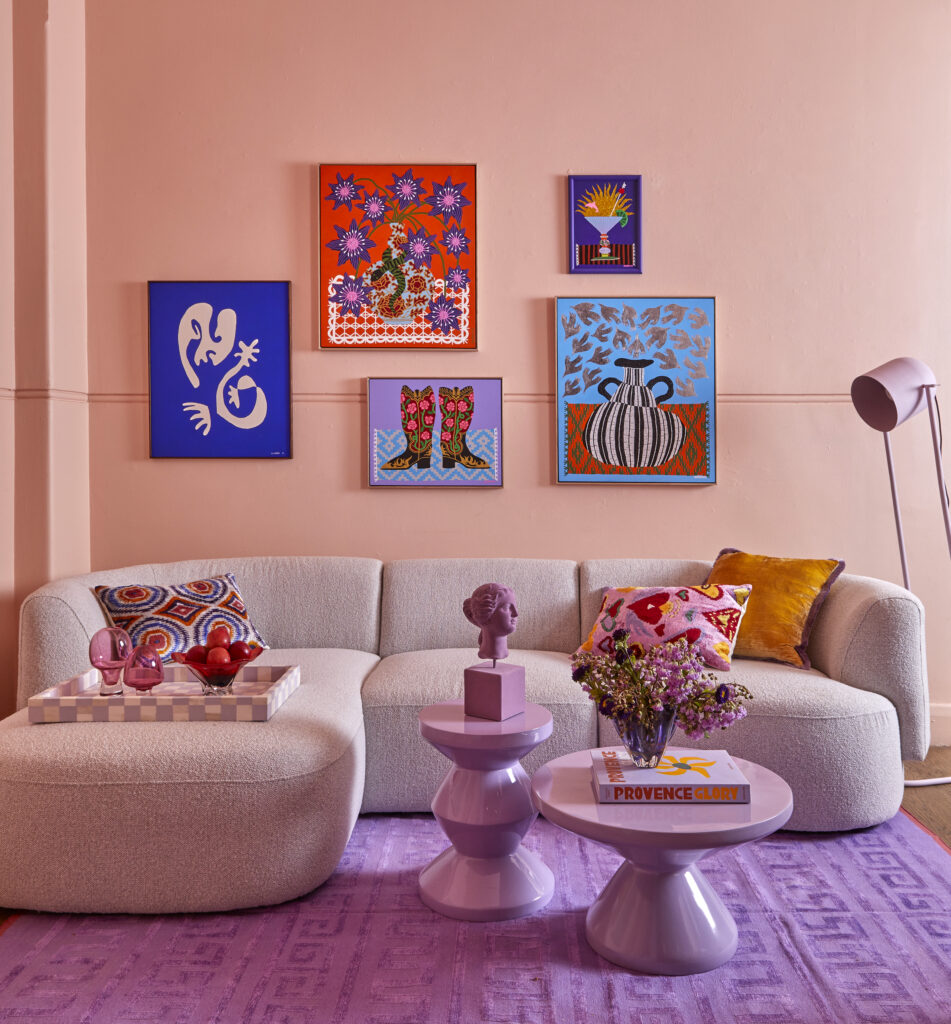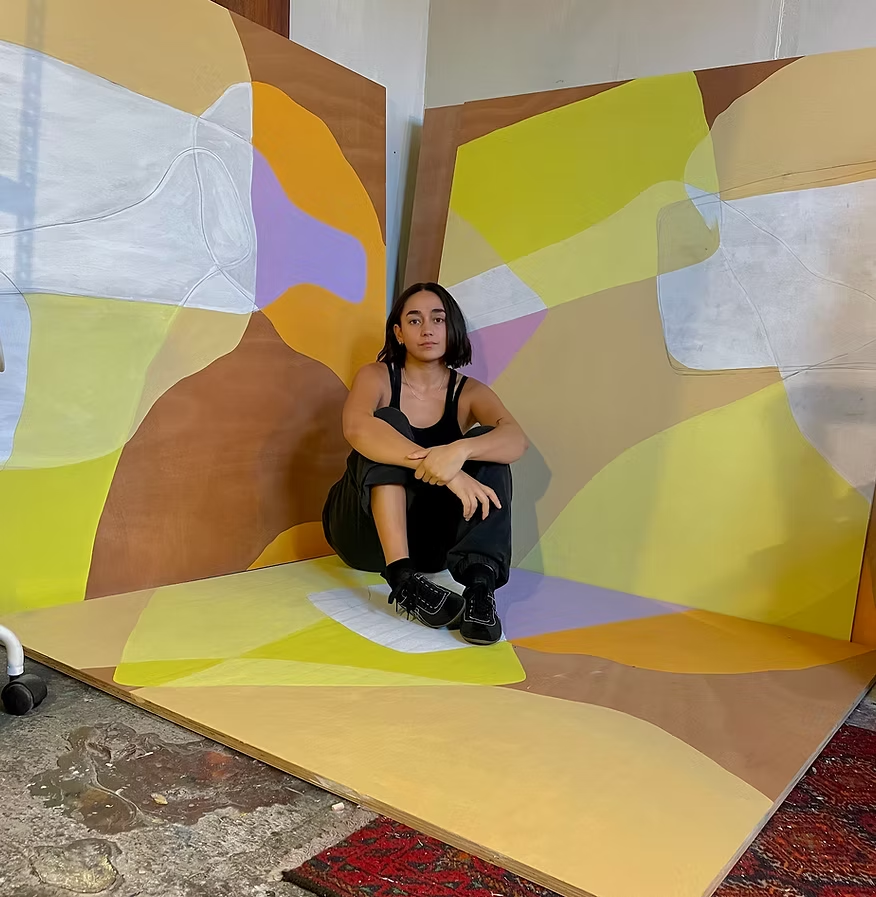Do you love colour, patterns, and unique pieces? Do you have furniture and decorative items that have accumulated over time and are in a variety of styles? Are you not quite sure how to bring everything together in your home? Well, fear not my friend we are here to help! Not only will we guide you through creating a home that incorporates your own unique personality, but we will help you do it in an eco-friendly way too; keeping the pieces you have and love while adding any additional pieces you need to bring it all together.
Okay, let’s get started…
Set the Mood
The first thing to do is identify how you want the space to make you feel, the things you love and want to be surrounded by. A great way to do this is to create a mood board (hello Canva!). Jump on Pinterest or Instagram, or flick through some magazines or books. Save pictures that make you FEEL the way you want to feel when you are in this space. The pictures don’t necessarily have to be of interiors – maybe they are scenes from nature, happy people at the beach or a funky cafe – you are trying to get an idea of the emotion you want to elicit. You can also include art, furniture, or home decor items that you love. Now have a good look at your mood board. Are you tending towards certain colours or patterns? Textures or motifs?


In our second example mood board, there is a sense of fun, quirkiness, and brightness. You can see there is an inclination towards florals and a background neutral palette with pops of pink.
Stocktake What You Have
Now you have a sense of the mood you want to create, look at the decorative items and furniture that you already have. What do you definitely want to keep? What would you consider keeping if it was given a little pick-me-up? Look at how you can bring these pieces together and what you need to do if they don’t already fit the mood you are trying to create. Colour is a great way to tie a room together. In our example mood board, we want to create a neutral background palette, giving a sense of airy lightness, which will really make the highlight colours pop.
Start with the big furniture pieces. Do you have a super comfy couch that is the wrong colour? You could have it reupholstered (although this will be an expensive exercise), have a slipcover made for it in a different fabric, or get a couple of large throws and voila!
Is your side or coffee table also looking a little tatty? If the table is wood, you could strip it back to its natural colour and leave it wood or part paint it (think dipped or fully painted legs or a wood top with a painted border). When choosing a colour, look at the other items you have that you want to keep, or go back to your mood board for inspiration on the colours you want to introduce. If you already have art that you plan to hang in the room, then look at the colours in the artwork. Pull out some of these colours to use in your room.
If you are lacking inspiration then Pinterest is your friend, my friend. There are so many amazing and creative pins that will be sure to get the ideas flowing. If you are not a DIYer, and let’s face it not everyone is, then reach out to your community FB pages – many people love upcycling and restoring furniture and will be happy to do it for a small fee once you know what you want.
The Decorative Bits – Creating Cohesion and Visual Interest
Now you have the bones of the room sorted, it is time to pull in the decorative bits. Assemble the items that you want to keep. Can you see things that draw them together? It might be a colour, a shape, a pattern, or a style. It might be the fact that they are complete opposites (say a rounded vase and a rectangular sculpture). Going back to our mood board for this example, this is where we will want to introduce pops of colour and fun. In this case, choose two or three colours and work with these in the decorative items. If you are adding items, tie them to existing items not only through colour but through repetition of shapes and patterns (think circles and spirals, geometric and linear patterns, florals, and organic forms). Vary heights and depths by leaning artworks or stacking books.
In our second mood board, there is a neutral undertone (couch, wall paint, rug, floor boards, coffee table) and then the addition of bold pops of the same bright colours (pink, purple, yellow, green) that tie the room together in a cohesive manner. You’ll note the furniture styles vary and we have a range of shapes – circular, abstract and geometric but this doesn’t jar because the colours are unified.
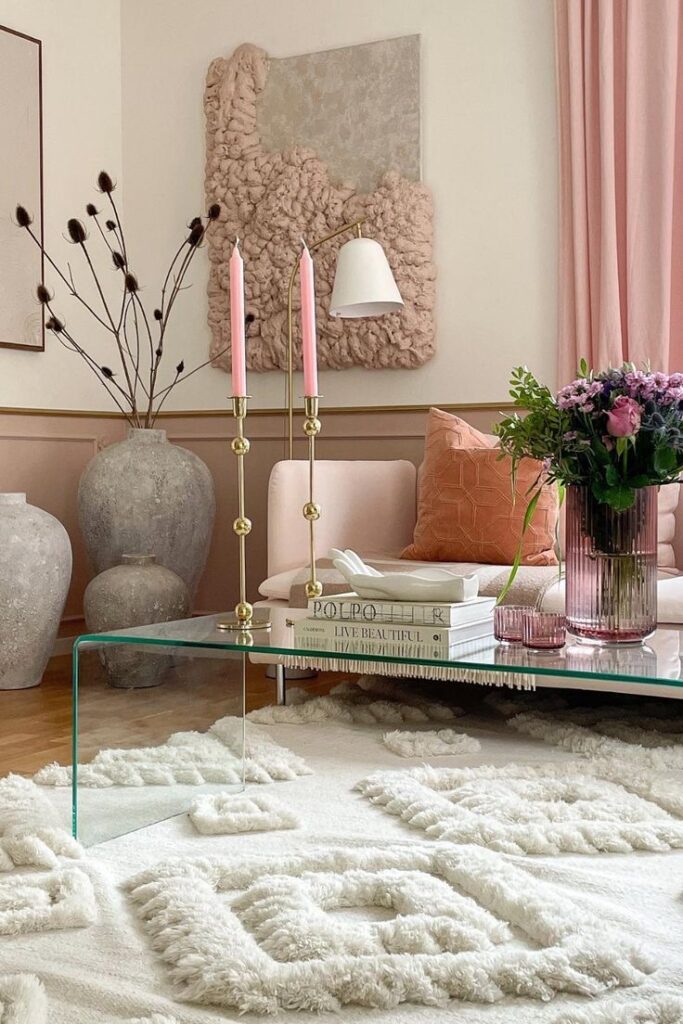
An example of a room that has a neutral undertone and bold pops of pink
Buying New and Getting Rid of the Old
Sometimes you will have items that just don’t fit, and you really don’t want to keep. That is okay too. If they are still functional, consider selling them or giving them away for free rather than sending them to a landfill.
When purchasing ‘new’ items, second-hand markets (both online and IRL) are a treasure trove of unique pieces and have the added benefit that they will save you money and help the environment by preventing landfill and reducing emissions from newly manufactured items.
Having said that, there are some amazing eco-friendly and ethical companies out there producing great homewares and furniture. Seek these companies out and buy quality pieces that you love. Finally, don’t underestimate the power of bespoke items, whether it be a handcrafted sideboard, an original artwork or custom cushions, these items may cost a bit more initially, but you will get a quality product that is exactly what you want, resulting in a stronger attachment to the piece and in turn a longer life for the item. In addition, you will be supporting local skilled craftspeople who usually have a smaller environmental impact than brands that mass produce items.

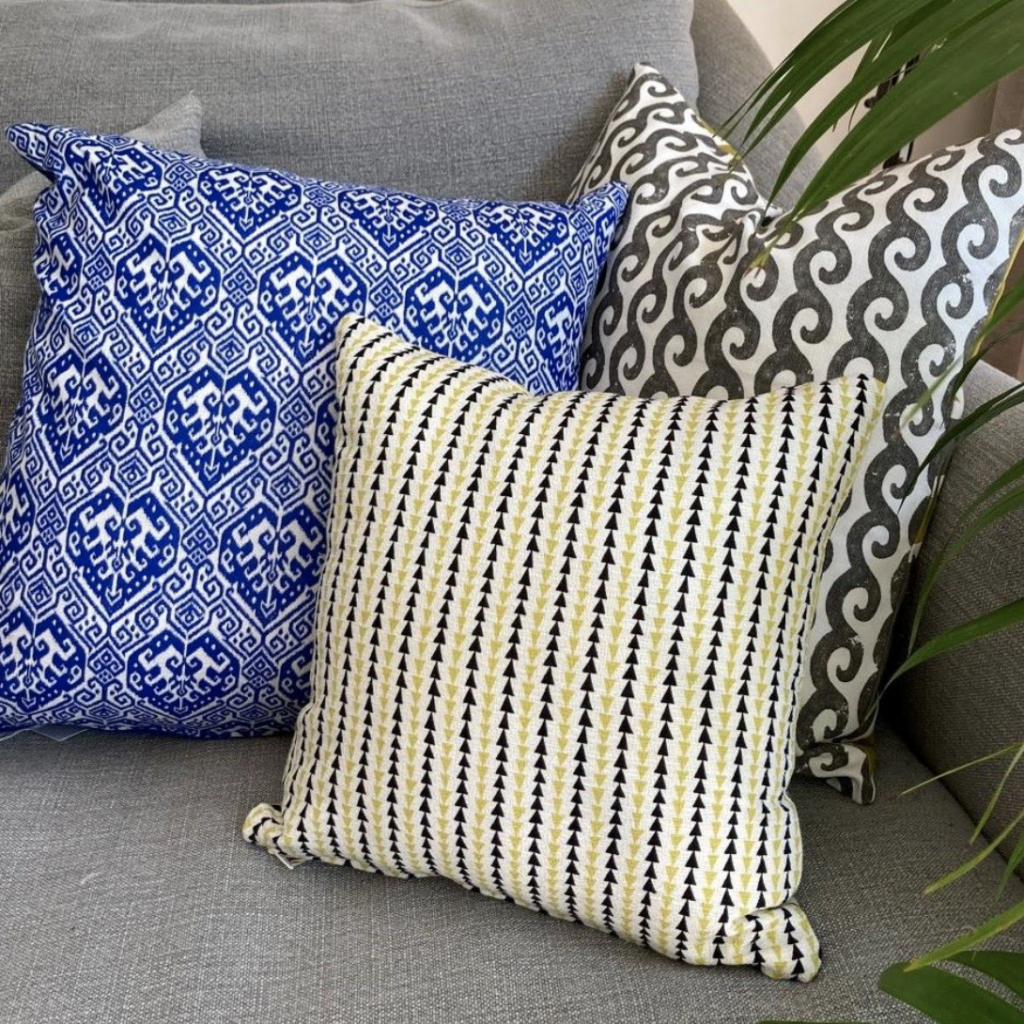
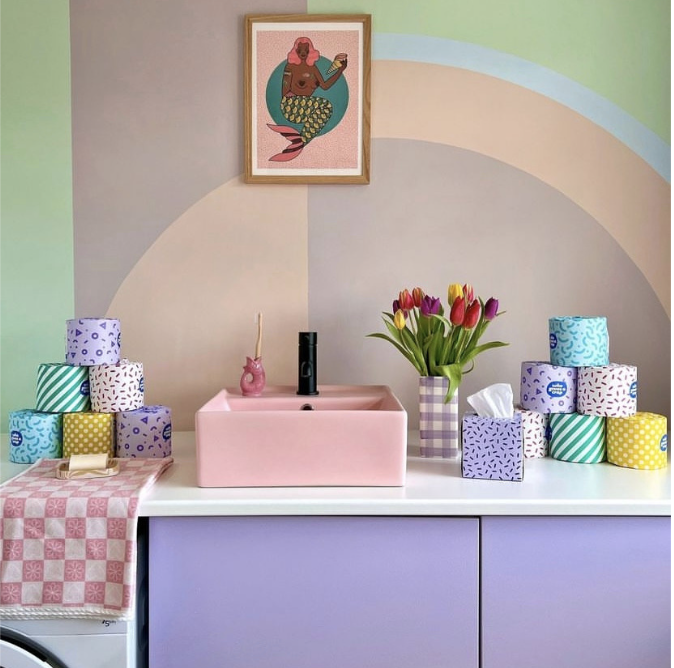
Take Your Time
Finally, there is no need to rush the process. Take a ‘slow interiors’ approach to creating a space you love. Let things settle with each change or few changes, you will start to see what is working and what you might need to add. By slowing down and taking the time to really look at what works, you will be able to identify what ‘sparks joy’. What items produce the emotions you wanted this space to produce? By taking your time you will create a space that is conscious, thoughtful and to which you connect with on a much deeper level.
But most of all – have fun!
Feature image credit: Dave Kulesza for Fenton & Fenton.
To read more about eco-friendly home related products, click here.
To learn more about Sarah and Eco Interiors, head here.

